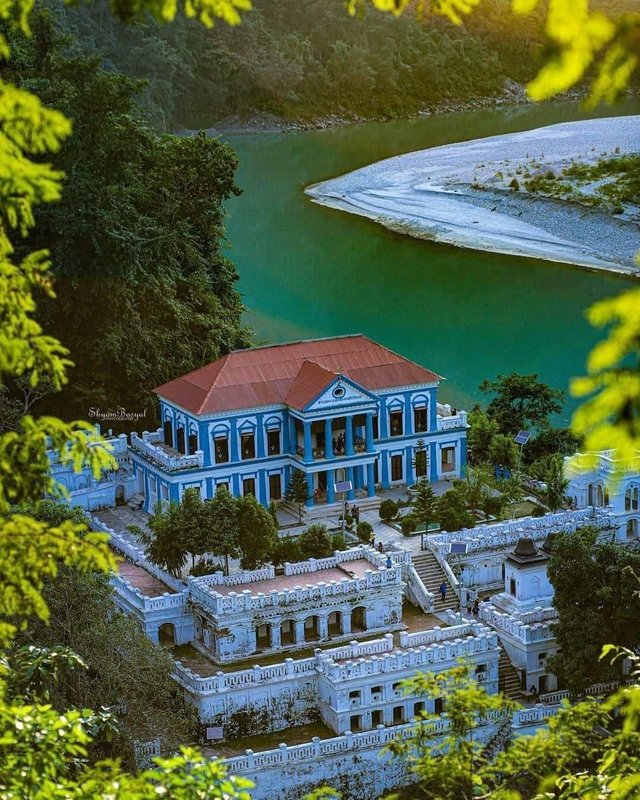
Rani Mahal, often referred to as the "Taj Mahal of Nepal," is an architectural marvel located on the banks of the Kali Gandaki River in the Palpa district of western Nepal. This historical palace was built by General Khadga Shumsher Rana in 1893 as a symbol of his undying love for his deceased wife, Tej Kumari.
The palace's name, "Rani Mahal," translates to "Queen's Palace," reflecting its purpose as a tribute to the general's beloved queen. The construction of Rani Mahal showcases a blend of European neoclassical architecture with local influences, characterized by its grand facades, arched windows, and detailed interiors. The white, marble-like structure stands majestically amidst lush greenery, creating a striking contrast against the rugged landscape of the surrounding hills.
Over the years, Rani Mahal fell into disrepair, largely due to neglect and the lack of maintenance. However, its romantic history and architectural beauty have continued to attract visitors, historians, and architects. Recently, efforts have been made to restore the palace to its former glory, recognizing its cultural and historical significance. The restoration aims to preserve the intricate designs and the essence of the original structure, ensuring that future generations can appreciate this beautiful testament to love.
Today, Rani Mahal remains a symbol of romantic devotion and a significant part of Nepal's rich cultural heritage. It stands not only as a reminder of a personal love story but also as an enduring piece of the country's historical tapestry, attracting tourists and history enthusiasts from around the world.